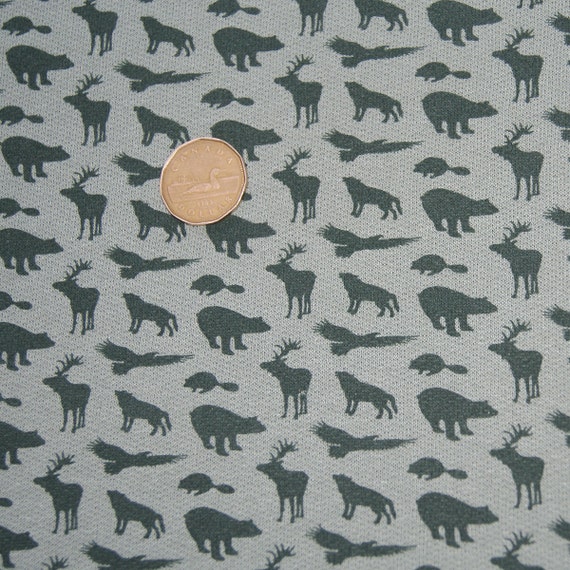Wildlife biologists contend beavers could be the most low-tech, inexpensive answer that drought-plagued New Mexico has for storing up precious water and rescuing dwindling wetlands— but some of the animals are still killed every year by people who consider them nuisances.
The state Senate is considering a memorial sponsored by Sens. Tim Keller, D-Albuquerque, and Bobby Gonzales, D-Taos, asking several agencies to develop a statewide beaver-management plan to rein in conflicts between property owners and unwanted animals and to support populations where beavers are needed. Senate Memorial 4 passed the Senate Rules Committee Thursday and is scheduled to be heard next in the Conservation Committee.
Senators promoting beavers! Be still my heart! A state-wide beaver management plan to address both unwanted beavers and needed beaver populations. That sounds as much like music to my ears as any Mahler symphony. The beaver offers a real solution to the dried soils of climate change, but it’s always the last place people are willing to look for answers. Can we try pumping? Can we try seeding? Can we try buying water from another state? No? You mean we really have to try those icky beavers?
Yes. Yes, you do.
“I’d like to see New Mexico craft an intentional beaver-management plan like Utah has,” said Bryan Bird, Wild Places Program director for the Santa Fe-based nonprofit WildEarth Guardians. “It would be a solution to a lot of problems. Right now, there’s no logic to how we manage beavers.”
Beaver dams hold back streams and create ponds. Those ponds store water, create wetlands, recharge aquifers, support wildlife habitat and slow down floods, reducing erosion, wildlife biologists say. About 82 percent of the state’s streams on public land could support beavers, according to a recent wetlands habitat study Bird coordinated, which was funded by the New Mexico Environment Department.
Folks are started to get interested in the relationship between the water-savers and our rapidly dwindling water. I never heard my KGO interview on the topic but my uncle did, so I know it’s out there. I’ll be talking on Fur-Bearer Defender radio about the relationship today. It’s a happening time to be a beaver advocate, and I’m just trying to keep up.
Without beavers, the ponds that helped store up water on many stream systems dwindled, according to another recent study on the ecological benefits of beaver dams, conducted by New Mexico State University researchers. The study found only 40 active beaver dams on streams on public lands in the state in 2013, according to Jennifer Frey, an associate professor and one of the study’s authors. She said beaver were “functionally extinct” in the state because “they are so sparsely distributed that they are not able to perform the vital ecosystem services that would improve the health of our streams.”
I’m so excited this is even being DISCUSSED at the policy level in New Mexico. What’s wrong with California? There is even a comment about hyporheic exchange, which makes me feel a little faint. March on New Mexico and bring us to a new way to think about beavers. Since the Taos trading route did a massive amount of damage to the population, you owe it to them!

A cheerful donation arrived yesterday from our friends at Vancouver Bamboo. Liana donated two bolts of organic animal print fleece with beaver, moose, eagle and wolf silhouettes. Vancouver Bamboo, and it’s sister company, Kinderel, are a Greater Vancouver based companies specializing in organic fabrics and babywear. The company was launched in 2008 on the belief that parents should have the opportunity to raise their babies without products stuffed with dangerous chemicals.
I just know someone’s grandma is going to make them the coolest hoody or sleep set! Thanks Liana for your generosity and support. I’m so happy that you were willing to donate your unique fabric for beavers.





















































